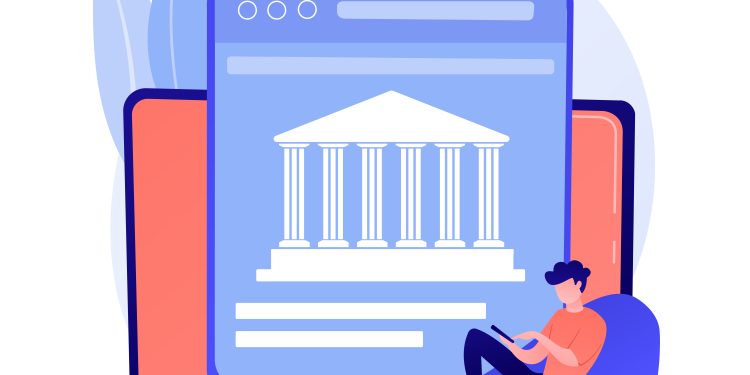Bankrate published a report on banking fees, specifically overdraft / NSF fees and ATM surcharges. With NSF and OD fees being widely demonized, it is not surprising that the average fee charged has declined substantially to $29.80, according to the study’s results. The article comments that they find that nearly all banks and credit unions are charging these fees despite trends to eliminate them altogether. The study also looked at ATM fee and found the cost of using and ATM not supported by one’s own financial institution has increased to $4.66. That’s a combination of the foreign ATM fee your financial institution may charge plus the fee levied by the ATM owner.
This is very interesting information to have, but what would also be insightful is to know the percentage of individuals who encounter these fees. With several of the largest banks eliminating NSF/OD fees and only a small number of individuals using foreign ATMs, the number could be rather small.
Here are the key findings from the article:
- The average overdraft fee declined to a 13-year low of $29.80, which is down 11 percent over last year’s record high of $33.58. The average nonsufficient funds (NSF) fee decreased to $26.58, the lowest since $25.81 in 2004. While these averages have gone down and some accounts have entirely eliminated such fees, 96 and 87 percent of accounts surveyed still charge overdraft fees and NSF fees, respectively.
- The combined total of the average out-of-network ATM fee assessed by one’s own bank and the average surcharge levied by the ATM owner increased to $4.66, the highest since 2019. The surcharge on non-customers ($3.14) reached a new high, up 1.9 percent from $3.08 last year.
- Among the metropolitan areas covered in the survey, the city with the highest average total combined ATM fees is Atlanta, where you’ll pay around $5.38 for using an out-of-network ATM. Meanwhile, you’ll find the lowest combined average fees in Los Angeles at $4.21.
- The number of free checking accounts has decreased slightly in 2022 to 46 percent (down from 48 percent last year), although 99 percent of noninterest checking accounts are either free or can become free when certain requirements are met. These may include maintaining a set minimum balance or having your paycheck directly deposited.
Overview by Sarah Grotta, Director, Debit and Alternative Products Advisory Service at Mercator Advisory Group














